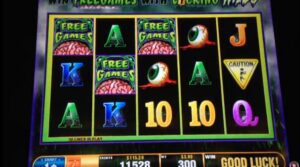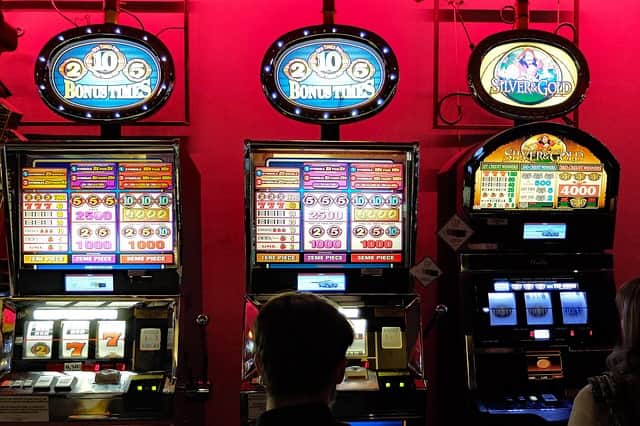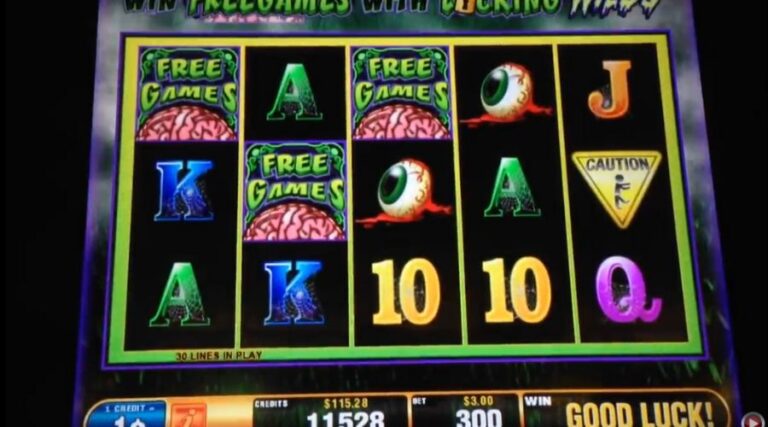Begrijpen van RTP
Een begrip van RTP-Return to Player is essentieel voor iedereen die casinospellen speelt, zowel in een fysieke als online locatie. Uitgedrukt als een percentage laat het zien welk deel van de totale inzet een spel over een lange periode teruggeeft aan spelers.
Hoewel de term soms overmatig wordt gebruikt, RTP blijft een van de beste indicatoren voor eerlijkheid en potentiële waarde op lange termijn. Zowel regelgevende instanties als ervaren spelers gebruiken het om de levensvatbaarheid van een spel en de transparantie van het casino dat het aanbiedt te beoordelen.
Achtergrond en Industriecontext
De RTP concept werd geformaliseerd in de latere 20e eeuw toen de gokregulering werd aangescherpt, waardoor spelers een transparante maatstaf kregen voor eerlijk spel en consumentenbescherming.
RTP in moderne gokkasten
Vandaag de dag zijn er onafhankelijke instanties zoals ECOGRA RTP-waarden testen en certificeren na miljoenen gesimuleerde spelrondes. Modern Gokkasten hebben meestal RTP's tussen 92% en 98%, terwijl veel tafelspellen hogere rendementen bieden.
Bijvoorbeeld, Europese Roulette levert 97,3% RTP dankzij de single-zero layout. Deze cijfers zijn gebaseerd op waarschijnlijkheden op lange termijn, niet op gegarandeerde resultaten op korte termijn.
Regulering en Certificering
De vereisten voor openbaarmaking van RTP verschillen per rechtsgebied. De Britse Kansspelcommissie vereist dat games met een licentie de RTP duidelijk weergeven, terwijl andere regio's soepelere regels hebben. Veel regelgevende instanties wereldwijd gaan in de richting van strengere transparantienormen.
Voor het berekenen van RTP zijn complexe waarschijnlijkheidsmodellen nodig die alle mogelijke uitkomsten, bonusfuncties en jackpots omvatten. Miljoenen gesimuleerde spelen bevestigen de theoretische waarden voor certificering. De Huisvoordeel is simpelweg 100% min de RTP, dus een RTP van 96% betekent dat het huis na verloop van tijd 4% behoudt.
Bij gokkasten omvat dit het basisspel en bonuswinsten. Tafelspellen baseren RTP op hun inherente waarschijnlijkheid. Real-world resultaten kunnen sterk verschillen op korte termijn-een 95% RTP slot kan veel minder of veel meer opleveren na honderden spins voor het uitvlakt.
Belangrijk is dat RTP de volatiliteit niet meet. Twee gokkasten kunnen allebei een RTP van 96% hebben, maar toch heel verschillende ervaringen bieden - de ene betaalt vaak kleine bedragen uit, de andere geeft zeldzame grote winsten. Denken dat een spel met een hoge RTP "moet" betalen is de denkfout van de gokker; uitkomsten zijn altijd onafhankelijk.
Typische slot RTP's variëren van 92-98%. Video poker kan 99% overschrijden met optimaal spel. Tafelspellen zoals blackjack kan oplopen tot ongeveer 99,5% bij een perfecte strategie. Progressieve jackpots hebben vaak lagere basis RTP's (rond 90-92%) om grote prijzenpotten te helpen financieren.
Onafhankelijke testers zoals ECOGRA, iTech Labs, en GLI spellen controleren en nagaan of de gepubliceerde RTP's correct zijn. Gerenommeerde casino's tonen certificeringsbadges. In het Verenigd Koninkrijk is openbaarmaking verplicht; in sommige rechtsgebieden wordt het alleen op verzoek verstrekt.
Spelersstrategieën en RTP
Ervaren spelers beschouwen RTP Naast variantie en persoonlijke voorkeur bij het kiezen van games. Hogere RTP's geven een betere waarde op lange termijn, maar bankroll management en entertainment moeten prioriteiten blijven.
Volatiliteit beïnvloedt de vereiste bankroll - gokkasten met een hoge variatie en een RTP van 96% kunnen meer geld vereisen dan gokkasten met een lagere variatie en een iets lagere RTP. Tafelspellen kunnen de basis RTP overschrijden door vaardig te spelen; de perfecte blackjackstrategie bereikt bijvoorbeeld 99,5%, maar elke afwijking verlaagt het rendement.
Casino's balanceren RTP met aantrekkelijkheid voor spelers. Spellen met zeer hoge RTP's zijn misschien niet winstgevend genoeg voor exploitanten, terwijl spellen met lage RTP's spelers kunnen afschrikken. Populaire titels hebben soms iets lagere RTP's, terwijl nieuwe releases met hogere rendementen worden gelanceerd om interesse te wekken.
Zoals gokanalist Dr. Michael Shackleford het zegt: "RTP vertelt ons waar het geld naartoe gaat, niet wanneer het daar aankomt. Het is een ontwerpparameter, geen prestatiegarantie. Kortetermijnresultaten zullen altijd variëren door willekeurigheid.
Toekomst van RTP-transparantie
Sommige ontwikkelaars gebruiken nu machine learning om de spelprestaties te controleren en onregelmatigheden op te sporen, wat toezichthouders helpt om eerlijkheid te handhaven. Veel experts uit de sector verwachten dat gestandaardiseerde RTP-bekendmakingen in meer rechtsgebieden, net als voedingswaarde-etikettering op voedsel, spelers mondiger zullen maken.
De RTP-metric blijft een belangrijke maatstaf voor eerlijkheid. Als spelers dit begrijpen, kunnen ze spellen kiezen met realistische verwachtingen en op een meer verantwoorde manier van hun casinospelen genieten.










